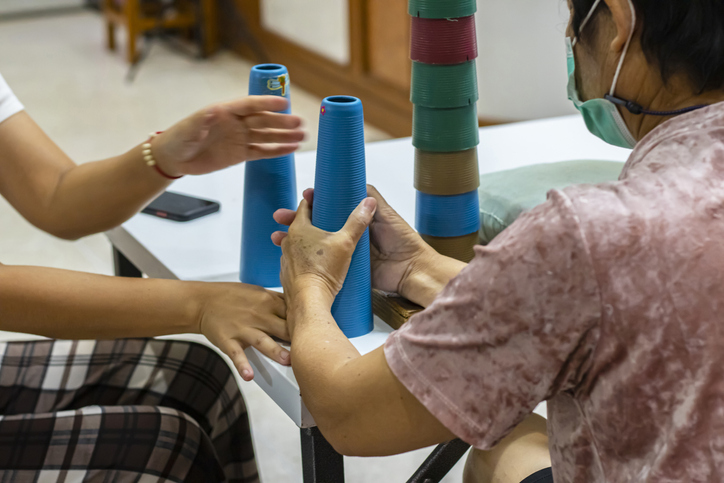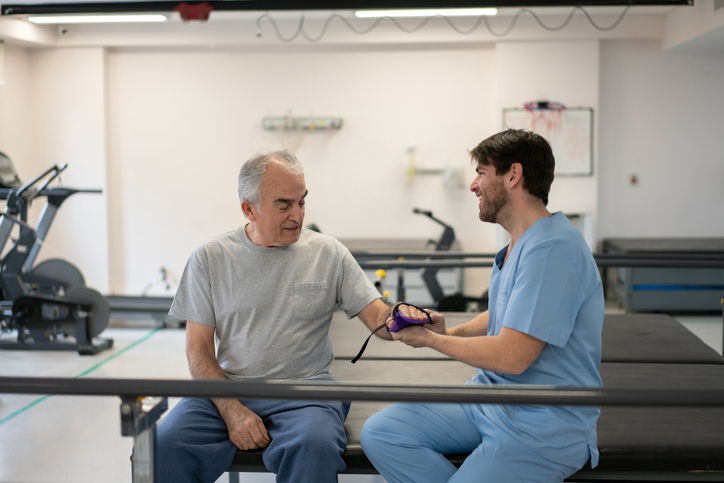Treatments
Occupational Therapists and Mobility Devices

What is an occupational therapist?
The role of an occupational therapist, or OT, is to help individuals maintain independence by teaching them ways to modify everyday tasks and activities that they can no longer do or have difficulty completing on their own. This could be due to certain conditions, such as autism, ADHD, sensory processing disorder, Alzheimer’s, arthritis, traumatic injury, stroke, etc. An OT can help individuals learn how to use assistive technology, learn different ways to complete tasks, suggest safety measures for the home, and train caregivers. Some OT’s help with cognitive aspects of daily life, such as helping with organization, routines, and problem-solving.
Occupational therapists and mobility devices
An occupational therapist can help with the process of obtaining and properly using mobility devices. Assistive mobility devices not only help individuals with mobility issues accomplish daily tasks and improve their physical functioning, but they also provide a sense of independence. Assistive mobility devices include, but are not limited to, braces, walkers, canes, wheelchairs (manual and electric), and scooters.
Deciding on a mobility device
Deciding to use a mobility device can be a difficult decision. A person may not realize how their condition is impacting their safety and mobility. An occupational therapist can help with making the decision to get a mobility device. Restricted mobility can be challenging; therefore, it is imperative to discuss mobility devices. Secondary problems, such as broken bones, fractures, hospital stays, and increased dependency, can occur without proper medical care and equipment.
Which mobility device to use
Mobility includes walking, getting in and out of bed, bathing, climbing stairs, dressing, participating in activities, etc. If difficulty completing these activities occurs or pain symptoms progress, it may be time to consider a mobility device. Deciding on a mobility device takes time and research. Certain devices may need to be fitted to the individual. An occupational therapist can help determine which mobility device is the most beneficial and suggest different options and models of devices.
Ensure the fit is right
Depending on the specific mobility device, the OT may take measurements to ensure the device properly fits the individual. They may work with the manufacturer on the measurements. An OT can also teach the individual and caregiver on safe usage of the device, including locking the wheels of a rollator before sitting down, which hand to hold a cane in, fall prevention, balancing, etc.
Additional sources: Verywell Health, Physiopedia, Assistive Technology Industry Association, and Physiopedia



















